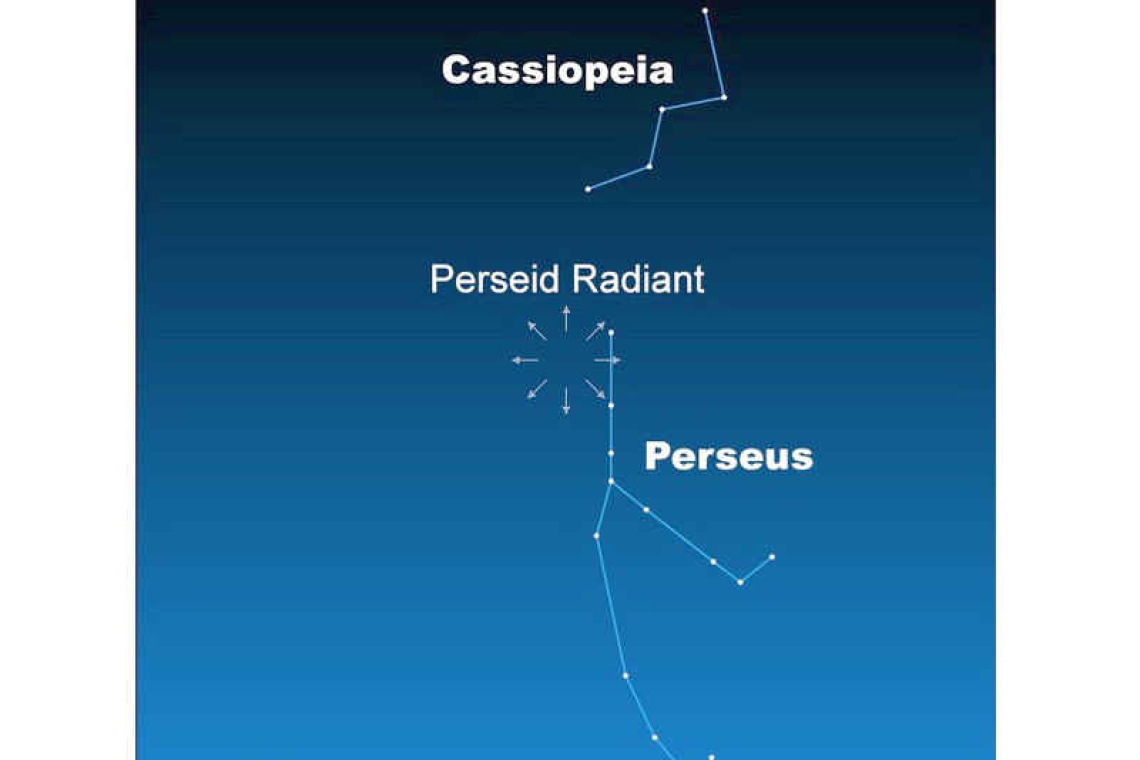~ St. Maarten’s Backyard Astronomy for August 11 - 13 ~
Sun rises at 5:53am
Sun sets at 6:40pm
Lunar phase: 4th quarter, waning crescent
Moon rises at 2:28am
Moon sets at 4:16pm
This weekend, there are two planets in the western sky after sunset: Mars and Mercury. As they set in the west, turn around and look east for the rising of Saturn. Saturn is currently within the constellation Aquarius. If you have a good pair of binoculars or a passable backyard telescope, try focusing in on Saturn. This weekend, the ringed planet is tilted up so the rings are almost vertical and you will behold some of her moons. Iapetus, Titan, Dione, and Rhea should all be visible in a diagonal line extending down to the left and up to the right, from Saturn’s beauty.
Where’s the brilliant Goddess of Love? Well, Venus is currently lost in the glare of the sun and she transitions from Evening Star to Morning Star, a period of time that generally requires several weeks to complete. So, not to argue with songwriter Bill Withers, but when she’s gone, in this case, it’s because there is too much sunshine!
Anyway, you can also find Jupiter this weekend, and the moon will be your guide. The moon and our grandest planet are about two degrees apart at present – that means about the width of four full moons. The waning moon will be near Jupiter throughout the early morning hours. They sit within the stars of the constellation Aries the Ram. Use your telescope to study Jupiter, too, and find his moons extending outward. This weekend, Europa, Ganymede and Callisto are visible.
The moon is at its fourth quarter phase on August 8, which means that it shines to us as a half circle. A last quarter moon rises very late at night and sets in the afternoon. Therefore, the moon and Jupiter will reach their highest point in the sky around the time of sunrise. That means, if you follow the moon from dawn until after sunrise, you may also be able to keep an eye on Jupiter as the sky lightens. You might even get a glimpse of Jupiter in a daytime sky – a rare occurrence.
Enjoy the stars, the moon and the planets, as this weekend will be optimum viewing for all. And don’t forget the peak of the Perseid Meteor Shower is this weekend, but don’t try viewing those with binoculars, just lay back with wide open eyes and wait for the streaks to begin shooting across the sky!
Thank you for keeping up with the Night Sky articles, backyard astronomy designed for St. Maarten sky viewing. FYI: If you are out later on in the week, note that each star rises about four minutes earlier each day than written here, and the moon rises 50 minutes later. Night Sky is researched and compiled by Lisa Davis-Burnett. Earthsky.org is a key resource for information and images. Questions or comments? Email This email address is being protected from spambots. You need JavaScript enabled to view it.







